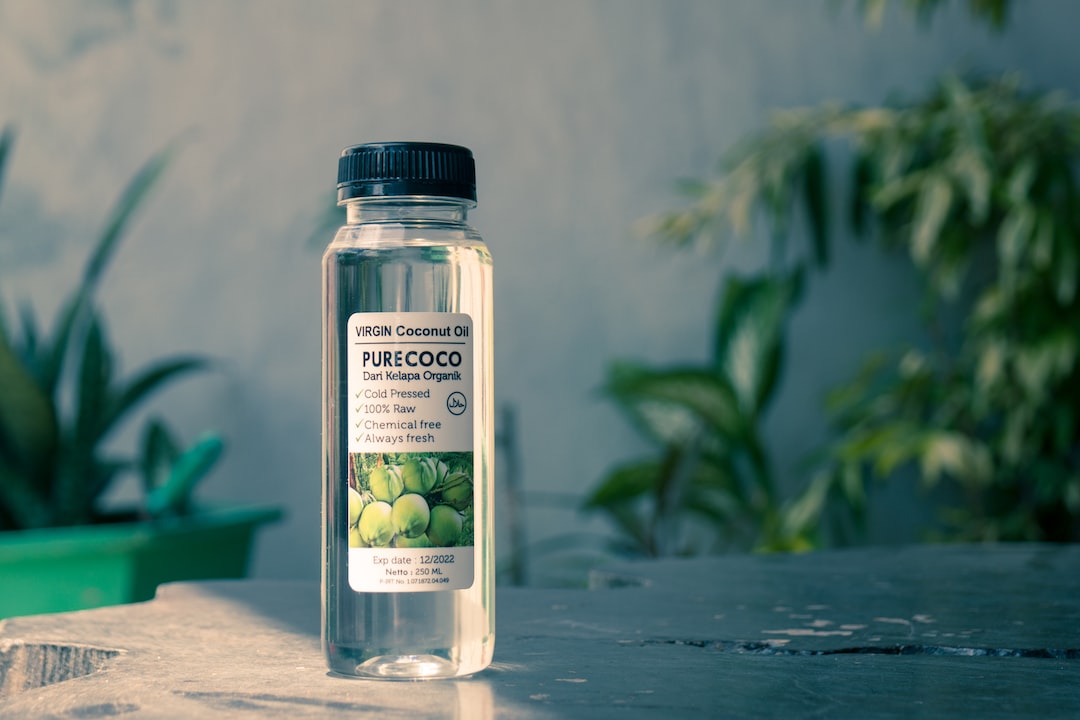Unlocking the Secret of Coconut Ripeness: A Guide to Identifying When Your Coconut is Ready to Enjoy

Coconuts are a tropical fruit that is loved and enjoyed by many people around the world. They are not only delicious but also packed with nutrients and health benefits. However, when it comes to enjoying the perfect coconut, ripeness plays a crucial role. The ripeness of a coconut determines its taste, texture, and overall quality. In this article, we will explore the different stages of coconut ripeness, how to choose the right coconut, and what to do with overripe coconuts.
Key Takeaways
- Coconut ripeness affects the taste, texture, and nutritional value of the fruit.
- Understanding the anatomy of a coconut can help you identify the different stages of ripeness.
- Climate, soil, and other factors can impact the ripening process of coconuts.
- To choose the best coconut, look for ones that are heavy, have no cracks, and have a good amount of water inside.
- Signs of immature coconuts include a green husk, soft shell, and little to no water inside.
The Anatomy of a Coconut
Before we delve into the topic of coconut ripeness, let’s first understand the anatomy of a coconut. A coconut consists of three main parts: the outer husk, the inner shell, and the flesh or meat inside. The outer husk is the fibrous layer that protects the inner shell and gives the coconut its distinctive appearance. The inner shell is hard and woody, providing further protection for the flesh inside. The flesh is the edible part of the coconut that is used in various culinary applications.
Factors That Affect Coconut Ripening
Several factors can influence the ripening process of coconuts. One of the most significant factors is climate. Coconuts thrive in tropical regions with high humidity and temperatures between 80-90 degrees Fahrenheit. These conditions provide an ideal environment for coconuts to ripen properly. Another factor that affects coconut ripening is soil quality. Coconuts grow best in well-drained soil that is rich in organic matter. The soil should also have a slightly acidic pH level.
Other factors that can impact coconut ripening include rainfall patterns, sunlight exposure, and wind conditions. Coconuts require a consistent supply of water but can be damaged by excessive rainfall or flooding. They also need ample sunlight to grow and ripen properly. Wind can affect coconut ripening by causing physical damage to the fruit or disrupting the pollination process.
How to Choose the Right Coconut
| Factors to Consider | Importance | Criteria |
|---|---|---|
| Size | High | Choose a coconut that feels heavy for its size and has a good amount of water inside. |
| Color | Medium | Look for a coconut with a brown, hairy exterior. Avoid green coconuts as they are not fully matured. |
| Sound | High | Shake the coconut and listen for a sloshing sound, which indicates that there is water inside. |
| Texture | Low | Check for any cracks or soft spots on the exterior of the coconut. |
| Origin | Medium | Choose coconuts from reputable sources and avoid those that have been sitting in storage for too long. |
When it comes to choosing the right coconut, there are a few things to consider. First, look for coconuts that are heavy for their size. A heavy coconut indicates that it is full of water and has a higher chance of being ripe. Next, examine the appearance of the coconut. A ripe coconut will have a brown, hairy husk that is intact and free from any mold or soft spots.
Size is also an important factor to consider when selecting a coconut. Coconuts come in various sizes, but larger coconuts tend to have more flesh inside. However, keep in mind that larger coconuts may also have thicker and harder shells, making them more difficult to crack open.
Signs of Immature Coconuts
It is essential to avoid immature coconuts as they may not have developed their full flavor and texture. Immature coconuts are usually green in color and have a soft husk. They may also feel lighter than ripe coconuts due to their lower water content. When cracked open, the flesh of an immature coconut will be jelly-like and translucent instead of firm and opaque.
Consuming immature coconuts can lead to a disappointing taste experience as they lack the sweetness and creaminess that ripe coconuts offer. Additionally, immature coconuts may not have fully developed their nutritional profile, so you may miss out on some of the health benefits.
The Different Stages of Coconut Ripeness

Coconut ripeness can be categorized into three main stages: young, mature, and overripe. Young coconuts are typically green in color and have a soft husk. The flesh inside is jelly-like and translucent, with a mild flavor and high water content. Young coconuts are often used for their refreshing water or as an ingredient in smoothies and other beverages.
Mature coconuts are the most commonly consumed type of coconut. They have a brown, hairy husk and a hard shell. The flesh inside is firm and opaque, with a sweet and creamy taste. Mature coconuts are used in a wide range of culinary applications, including desserts, curries, and snacks.
Overripe coconuts are characterized by a husk that has turned brown and started to crack. The flesh inside may be partially dried out and have a slightly fermented taste. While overripe coconuts may not be suitable for eating as is, they can still be used to make coconut oil, coconut milk, or other coconut-based products.
How to Tell if a Coconut is Ripe
There are several ways to determine if a coconut is ripe using your senses. First, examine the color of the husk. A ripe coconut will have a brown husk, while an immature coconut will be green. Next, give the coconut a gentle shake. If you hear a sloshing sound, it indicates that there is water inside, which is a sign of ripeness.
You can also smell the coconut to determine its ripeness. A ripe coconut will have a sweet and nutty aroma, while an immature coconut may not have much of a scent. Lastly, you can press on the eyes or soft spots of the coconut. If they give slightly under pressure, it means that the coconut is ripe.
Testing Coconut Ripeness
If you want to be absolutely sure about the ripeness of a coconut, there are a few simple tests you can perform at home. One method is the shake test. Hold the coconut close to your ear and shake it gently. If you hear a sloshing sound, it means that there is water inside and the coconut is ripe.
Another test is the water test. Fill a bowl with water and place the coconut in it. If the coconut sinks to the bottom, it is fresh and ripe. If it floats, it may be overripe or spoiled. Additionally, you can try pressing on the eyes or soft spots of the coconut. If they give slightly under pressure, it indicates that the coconut is ripe.
What to Do with Overripe Coconuts
While overripe coconuts may not be suitable for eating as is, there are still plenty of ways to make use of them. One option is to extract the coconut oil from the flesh. Overripe coconuts have a higher oil content, making them ideal for oil extraction. Simply grate the flesh and squeeze out the oil using a cheesecloth or a mechanical press.
Another option is to make coconut milk or cream. Overripe coconuts have a more pronounced flavor, which can add richness to your dishes. Blend the flesh with water and strain it to obtain homemade coconut milk. You can also use overripe coconuts to make coconut flour, which is a gluten-free alternative to regular flour.
In conclusion, coconut ripeness plays a crucial role in determining the taste and quality of this tropical fruit. By understanding the different stages of ripeness and how to choose the right coconut, you can enjoy the sweet and creamy flavor that ripe coconuts offer. Remember to use your senses and perform simple tests to ensure that you are selecting ripe coconuts. And if you happen to come across overripe coconuts, don’t let them go to waste – there are plenty of creative uses and recipes that can make use of their unique qualities. So go ahead and indulge in the deliciousness of fully ripe coconuts!



